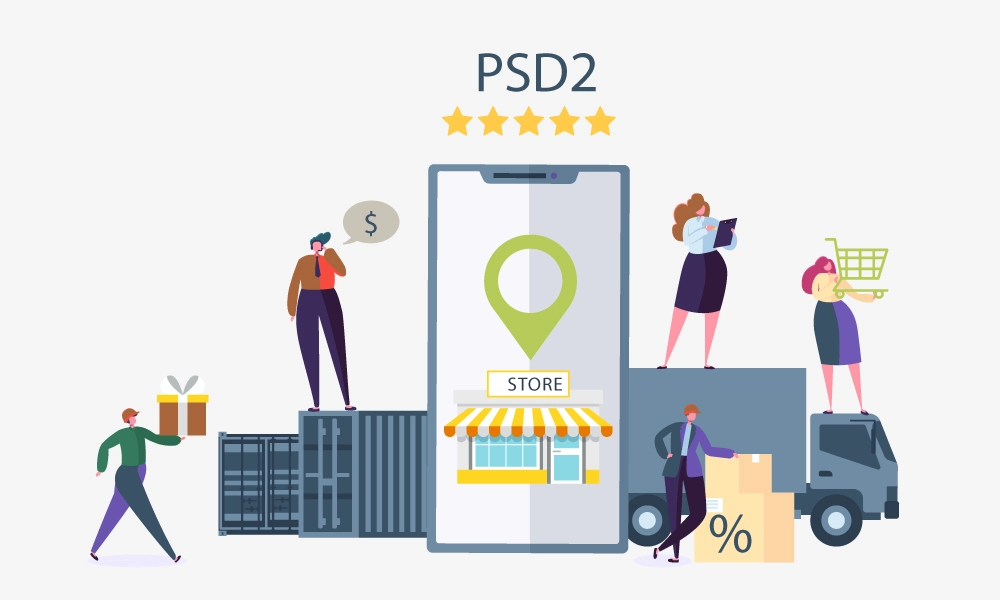PSD2 is coming into force on this 14th September to set standards for fraud prevention, data usage, and transparent online payments across the EU.
The idea behind the directive is to safeguard online transactions, unify the payment system, as well as promote new and innovative payment services. To spur innovation, PSD2 has given the consumers full control over their account information rather than banks maintaining that control. Third-party providers can now access the data to initiate payments on behalf of users and manage their financials easily.
PSD2 enforces two major changes – eliminating surcharges and implementing Strong Customer Authentication (SCA). Surcharges levied by online vendors will be banned, meaning no additional fees will be charged from customers supposedly paying from credit cards. SCA, meanwhile, will enforce two-factor authentication to add a layer of protection while making online payments.
Opportunities for online merchants
PSD2 will undoubtedly impact the way online merchants operate and provide payment solutions to consumers. Seeing from a distance, the directive poses certain challenges to online retailers; however, there are some benefits that they can look for:
Security
Adopting and complying with SCA will help online vendors to offer secure payment solutions reducing potential chargebacks by banks and credit card companies. These charges come when consumers fall victim to fraudulent transactions on the vendor’s site.
Also, reduction in frauds will help them to create a loyal and positive image, adding to the goodwill amongst customers. High goodwill ensures better sales and higher customer reach.
Innovation
PSD2 forces online vendors and payment providers to offer new and innovative payment services. Businesses will be able to leverage the bank data, latest technologies, and market opportunities to cause disruption in the payment services and stand ahead of the curve. The directive will benefit retailers who are willing to adopt changes and push the boundaries.
Unified system
There is also an opportunity for online merchants to become a trusted payment services provider alongside players, including PayPal, Amazon Pay, Apple Pay, etc. This way, the vendors could offer a unified payment system to users on their website. Customers will be able to pay for goods in a consistent manner across Europe.
What online merchants need to prepare for PSD2?
On 14th September, the new regulations will come into force to regulate all the online payments in Europe. A flexible approach by online merchants could ensure better compliance with the directive and minimal impact on the user experience.
PSD2 will likely have a positive impact on online vendors if they no longer implement surcharges on certain transactions. To absorb the cost, businesses might raise the prices of their products, which may lead to lower demand. However, removal of surcharges could drive a positive impact on the payment system that will eventually help businesses in the future.
PSD2 will enable greater security and protect customers from fraudulent transactions with SCA or 2-factor authentication. Embracing SCA could add friction in the payment process, which consequently leads to slower checkouts. However, it will help online merchants to build trust and loyalty amongst their customers.
To conclude, PSD2 is expected to lead major changes in the payments industry for banks, consumers, and online merchants. This acts as both a challenge and an opportunity for all the players in the market.
Online merchants must look at PSD2 beyond being a regulation and compliance as it offers better services to customers. They should be agile in adapting changes in the payment space.




